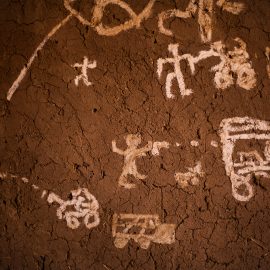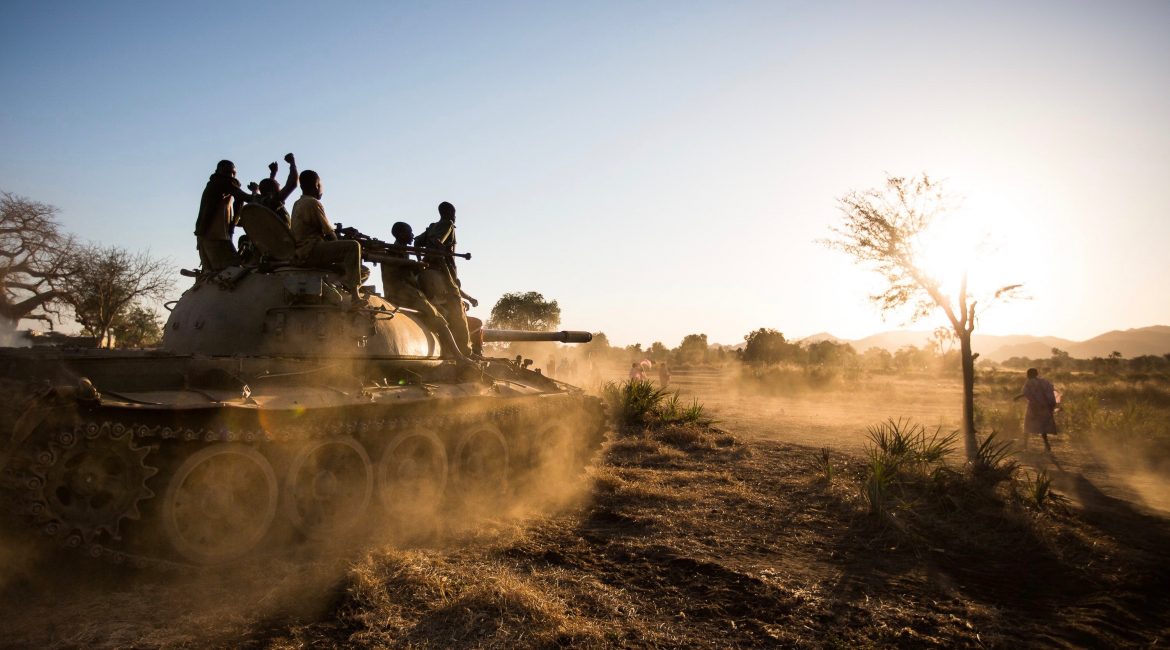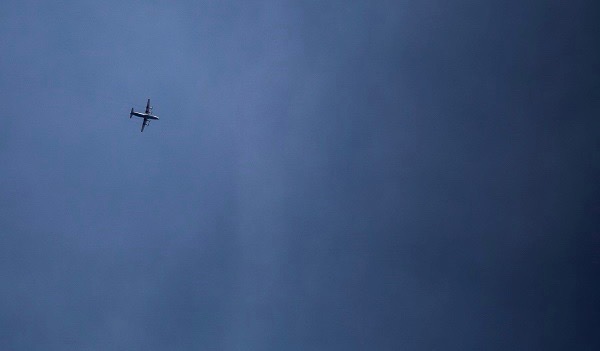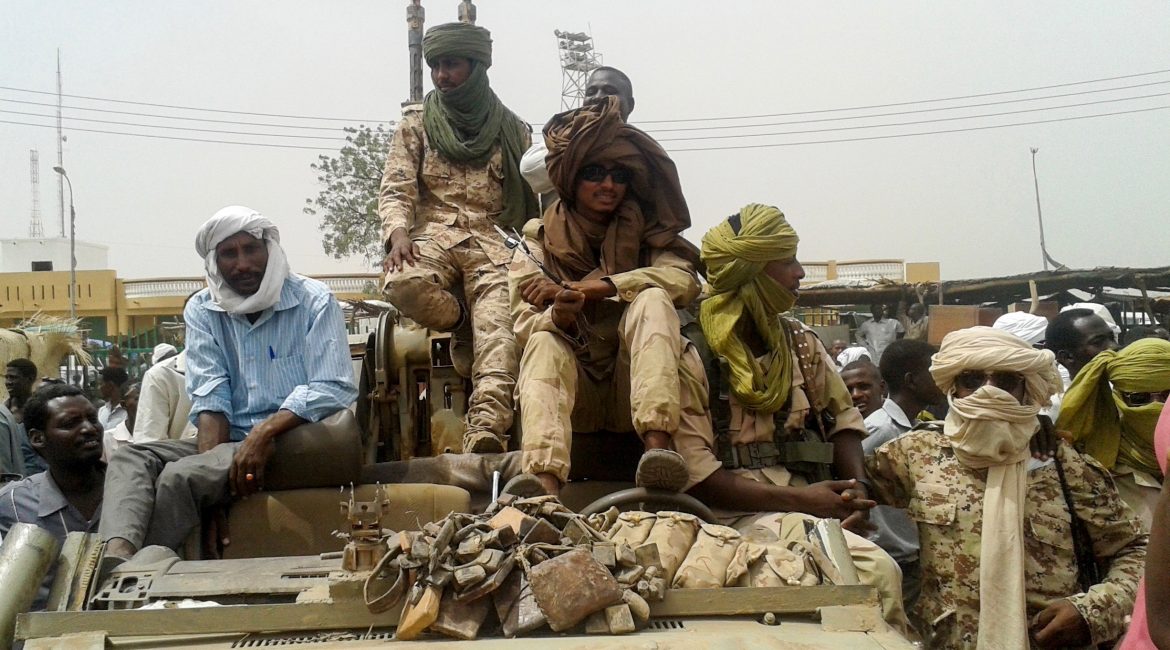Sudan has continued and intensified its bombing campaign in the remote Blue Nile state, killing civilians and destroying villages in a war largely hidden from the world.
In the first half of 2014, nearly 300 bombs were dropped in Blue Nile, many hitting civilian areas around the state. This is more than double the number of bombs dropped the previous six months.
The conflict in Blue Nile is often viewed as a secondary front for Sudan’s rebel coalition – the SRF. Rebels there control only a portion of the state – the small peninsula extending down between South Sudan and Ethiopia. But the war raging there the past three years has pushed nearly 150,000 into South Sudanese and Ethiopian refugee camps – more than double the number of refugees from South Kordofan. Some estimate another 200,000 have been internally displaced.
Clashes between the rebel army and government troops have become increasingly rare in the state, but Sudan’s Air Force still conducts frequent bombing runs. These attacks often continue for hours and blanket the region. On May 18th, more than 50 bombs were dropped across rebel-held territory, including 15 in de-facto rebel capital Yabus. Nearly 40 were dropped across the area on June 6. Bombs in the state often hit civilian areas, burning down houses and destroying crops.
REBEL CONTROL
Rebel forces in Blue Nile are smaller in number and less disciplined than their counterparts in the Nuba Mountains, making direct confrontations with the Sudanese Armed Forces difficult. Rebel military presence is strongest along border points with South Sudan and Ethiopia, where the corridors provide critical routes of supply and retreat. Nearly two years ago, rebel forces were pushed out of Kurmuk – a town in the southern part of the state that served as their headquarters during the Sudanese civil war.
The area is remote, and civilians have to rely on assistance from humanitarian organizations in Ethiopia and South Sudan. Operations to supply the refugees with food are costly and difficult due to region’s lack of infrastructure. The World Food Program has often been forced to air-drop food to those in need.
Inside Blue Nile, people subsist on what little food they can plant, and whatever grows in the wild. In some areas, residents are not buried in their clothes because families cannot afford to buy new shirts or pants.
THE START OF THE WAR
The war started in the state just over one year after Sudan’s April 2010 elections – polls that were supposed to bring former rebel groups into government as part of Sudan’s 2005 peace agreement with the SPLA. The current leader of the SRF coalition – Malik Aggar – was elected governor.
Blue Nile was also – along with South Kordofan – supposed to hold “popular consultations” which would allow the state’s residents to discuss their relationship with the central government, and potentially open the door for greater autonomy. The consultations never got off the ground.
The war ignited in South Kordofan in June 2011, following a dispute about the disarmament of former rebel forces. It quickly spread to Blue Nile, and Agar was removed as Governor in September. Within six months, the SPLA-N had been pushed out of its stronghold in Kurmuk; the battle lines have moved little since.
With no humanitarian access to the region, and little SPLA-N control over the state, civilians have been caught between the two sides, forced to choose between the sprawling refugee camps and the bombing at home.





